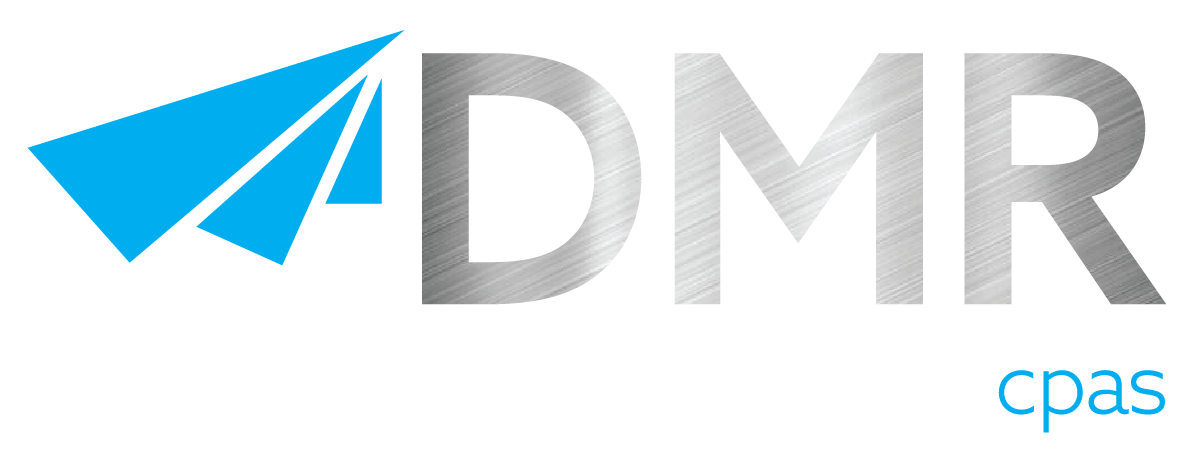Growing Concerns Over Global Export Controls – Part 2
As discussed in Part 1 of this two-part blog series, keeping track of global export control agreements is a growing challenge for trade professionals. Companies not only have to keep track of which countries are participating in which of the four regimes, but also must determine which stage of implementation each country is currently in. Companies can no longer assume that an understanding of U.S. export controls will suffice when doing business globally. In this post, we’ll delve into what goods fall under export controls regulations, the history of these regulations, and then a specific example of the Turkish export controls regime.
What Falls Under Export Controls?
Some goods and technologies may be considered potentially dangerous. The criteria generally used is if they can be used for the production of weapons of mass destruction, chemical weapons, or nuclear weapons. For this reason, governments enforce controls on exports of goods, software and technologies to protect national security. Export control is the general name of the monitoring and control mechanisms that control transfers to and from countries and states and non-state actors that wish to provide materials used in the production of sensitive materials and technologies.
History of Export Controls
Export controls started with the The Coordinating Committee for Multilateral Export Controls (CoCoM) during the Cold War. There had been many attempts to prevent the spread of weapons of mass destruction, and, in 1995, the Wassenaar Arrangement replaced CoCoM.
Several world-wide controls and restrictions are already in place to prevent the spread of materials and technologies that can be used both for military and civil purposes, with continual measures being implemented to monitor the movement of such materials.
There are three types of international regulations that require export control. These are international embargo resolutions, international agreements and multilateral export control regimes. There are now four main multilateral export control regimes that govern the transfer of goods that fall under these regulations, covered in Part 1 of this series. They are: The Wassenaar Arrangement, the Missile Technology Control Regime, the Australia Group, and the Nuclear Suppliers Group. In the following example of Turkey’s export control regime, all four apply depending on the goods, in addition to other regulations.
Turkey’s Export Controls
The Turkish export controls regime is largely in line with the European Union’s system. However, in addition to the Wassenaar Arrangement for conventional arms and dual use goods and technologies, the Missile Technology Control Regime for technology capable of delivering weapons of mass destruction; the Australia Group for chemical production equipment and the proliferation of biological technology that could be “weaponized”; the Nuclear Suppliers’ Group (NSG) for limiting the proliferation of nuclear-related technology; the Zangger Committee; and the Chemical Weapons Convention.
Turkey also implements export controls through different control lists that are managed under government jurisdictions based on the goods and license requirements. There may be several reasons why a specific item or technology is challenged during the export process and may require additional license or permission for export. The responsibility and risk is on the exporter to investigate and comply on specific exports of a product, technology or technical support services subject to the export control rules.
It is in the best interest of companies to investigate whether a specific item or technology is subject to export control rules. If not, then the organization should investigate who the customer is, and ensure that the item or technology will be used in a civilian and peaceful context.
As mentioned the risk and responsibility for the decision rests with the exporter. Most exporters seek third party advice and guidance from relevant authorities, consultants or brokers; though the latest trend is for organizations to utilize content technology to reduce those third-party costs.
Conclusion
The world is changing, and countries are now looking to their exports to protect their technology, as well as their borders. Goods and the related technology are becoming increasingly controlled by the governments by implementing controls to evaluate the legality of their export through the mechanism of proper authorization and licensing. Exporters are held culpable in exhibiting care when determining whether their activities with defense or dual-use goods, software or technologies are subject to export controls. They are also required to determine if some of these controls apply to destination locations. All of these activities adding complexity to their jobs.

